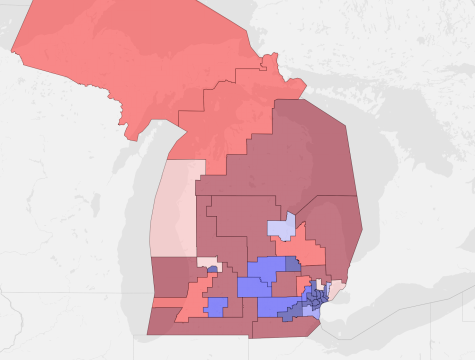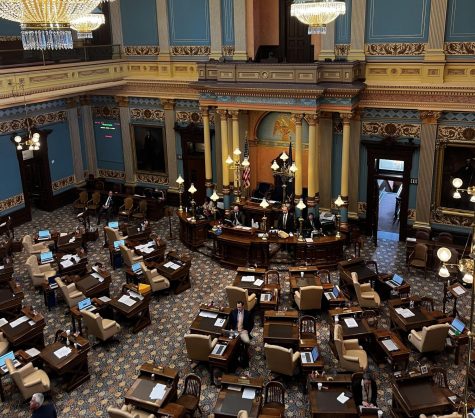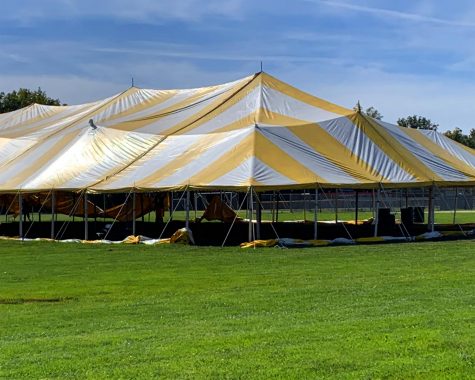Dress Code: Is it Fair?
I dealt with a school uniform for the first nine years of my education. It is now in high school that I am given a choice. Wearing uniforms is a controversial topic that many students, teachers, and parents have been debating since school uniforms were first proposed in the 90s. In today’s world, debates surrounding uniforms are becoming increasingly controversial and a direct fix might not be found, but compromises can be made that help benefit specific schools. School uniforms will be successful in increasing students’ willingness to learn, decreasing chances of displaying signs of gang relations, as well as curbing racial discrimination.
Implementing school uniforms into more schools will not just keep order and sophistication, but will also benefit student behavior as seen in various studies. With students caring more about school and their future education/careers, we receive more intelligent, disciplined, and obedient kids. In the long run, this can theoretically have a positive impact on crime rates as well as unemployment rates.
Without school uniforms, controversy over gang relations, racial discrimination, and how students view each other in an economical standpoint will erupt. As a result, these affected students may not be able to get as far in life as they would have if they were not presented with any obstacles. Another point worth taking note is the caliber of how expensive students’ attire may be in a district that does not require uniforms. The impact of a basic school dress code system can have long-lasting effects on illegal and wrong activities that may have previously taken place.
When it comes to solving the long ongoing debate over school dress code, as stated previously, the best solution would be for individual schools and/or districts to come to a conclusion that supports the arguments of families. But, at the same time, it should be able to maintain discipline and the students’ wish to educate themselves further. For example, for a more laid-back school that still wishes to keep a school uniform, a decision that benefits both sides of the arguments would be to allow students to wear what they would like one out of five days a week.
Furthermore, many schools also contain “spirit” days, in which school spirit is shown through a custom school shirt. Small additions such as the previous mentioned once a week casual wear or spirit day can have a lasting impact on the debate on dress code as it helps provide a solution that benefits everyone.
Another possible solution to curb the debate would be to give both dress code and no dress code a shot. A way to execute to this plan properly would be to start the quarter, or entire school year, with a dress code, and then alternate to no dress code. If enough surveys and statistics are recorded, the results of the different methods can be weighed against each other until one method exhausts the other.
A strong counter argument that is prevalent between many parents and students is the need for students to express themselves. But, expressing oneself can lead right back to those controversial signs previously stated. The arguments and counterarguments outlined may seem to outweigh each other, but in the long run, uniforms will have a lasting impact on student education, discipline, as well as behavior.
Your donation will support the student journalists of Salem High School - MI. Your contribution will allow us to purchase equipment and cover our annual website hosting costs.
Sache Krishnaraj is a senior at Plymouth High School. He enjoys working with cars as well as playing on Plymouth Varsity Tennis. He wants to go into mechanical...








